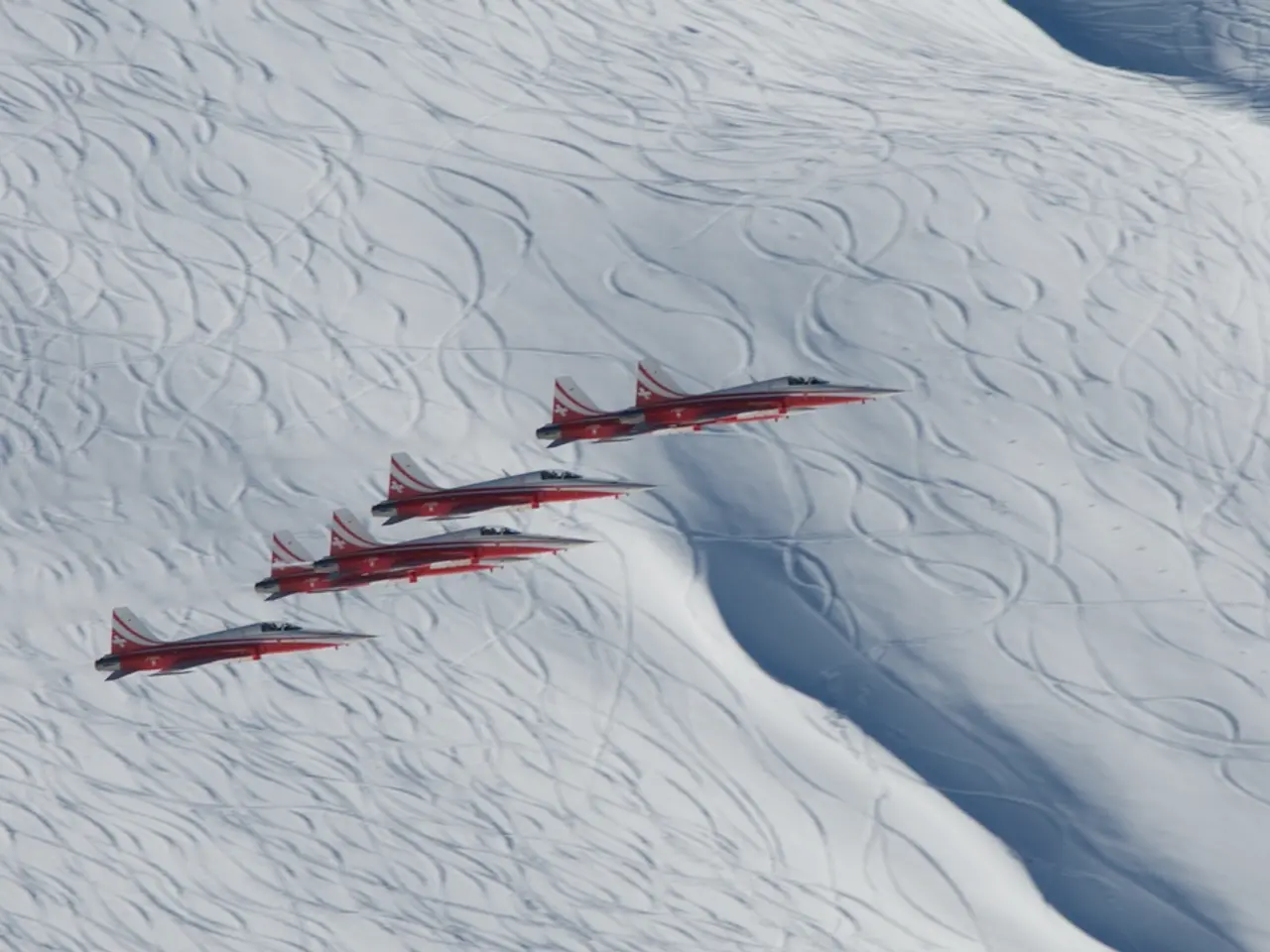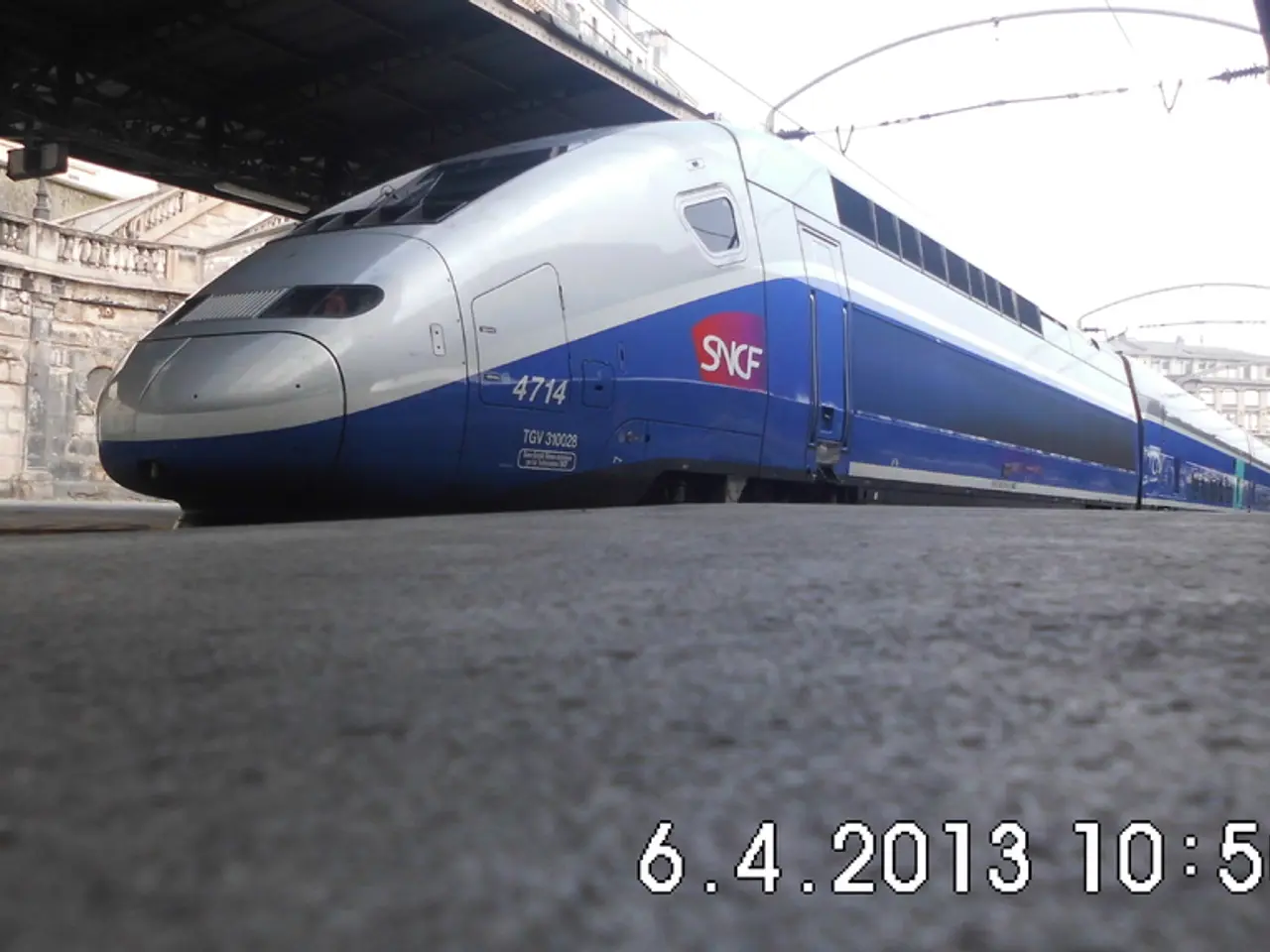T-7 Trainer Jet of the Air Force Cooled Down at McKinley Climate Simulation Facility
The T-7A Red Hawk, a new trainer jet for the US Air Force, recently completed a month-long trial at the McKinley Climatic Lab, the world's largest environmental test complex located at Eglin Air Force Base, Florida. The trial aimed to confirm the aircraft's operational capability and mission readiness under a wide range of harsh environmental conditions.
**The Testing Conditions**
During the trial, the T-7A Red Hawk was exposed to temperatures ranging from a high of 110°F (43°C) to a low between -14°F (-25°C) and -4°F (-20°C), demonstrating the aircraft's capacity to endure both extreme heat and severe cold. The testing environment also included cockpit icing conditions, heavy crosswinds, and high humidity.
An icing spray system and wind tunnel generated subfreezing air blown across the aircraft canopy at speeds above 160 knots, simulating severe flight icing and testing pilot visibility and safety in those conditions. The 55,000 square foot test chamber also recreated heavy humidity to scrutinize the reliability of instrumentation and electronics.
**The Test Results**
Throughout the trials, the T-7A Red Hawk successfully withstood the full range of temperature extremes and high-velocity wind conditions without system failures. Cockpit icing tests confirmed that pilot visibility remained sufficient for safe flight and landing despite severe icing conditions. System operations and engine runs were conducted under these simulated extreme weather conditions, indicating the aircraft's readiness for deployment in diverse and harsh environments.
**The Importance of the Tests**
According to Mike Keltos, Director of Test & Evaluation at the Air Force Life Cycle Management Center’s Training Directorate, these extreme weather tests are a critical step to ensure the T-7A Red Hawk is fully capable and mission-ready in all representative climates. The T-7A Red Hawk, intended to replace the T-38 as a trainer for fighter and bomber pilots, will now be used as a mission systems testing platform at Eglin Air Force Base after the weather testing is completed.
**Ongoing Challenges**
Despite the successful trials, the T-7 program has faced a series of delays due to ejection seat issues, flight controls, and other problems, as well as pandemic-related labor and supply issues. Supply chain issues have delayed the start of low-rate initial production of the T-7A Red Hawk to mid-2024, three years later than the original target of 2024. The Air Force plans to buy 351 T-7A Red Hawks.
The McKinley Climatic Lab requires a dedicated team of welders, machinists, electricians, instrumentation experts, test assembly personnel, and refrigeration operators to maintain its operations. The lab also served as an arctic weather training facility for Airmen from nearby Hurlburt Field, Florida.
References: [1] Air Force Magazine, "T-7A Red Hawk Completes Second Round of Extreme Weather Testing," June 18, 2025. [2] FlightGlobal, "T-7A Red Hawk completes extreme weather testing," June 18, 2025. [3] Defense News, "T-7A Red Hawk successfully completes extreme weather testing," June 18, 2025. [4] Aviation Week, "T-7A Red Hawk Endures Extreme Weather Conditions at McKinley Climatic Lab," June 18, 2025.
- The T-7A Red Hawk, having demonstrated its ability to endure extreme conditions, could potentially be a part of a space force, given its operational capability under harsh environments.
- As the T-7A Red Hawk prepares to replace the T-38, training pilots for various aircraft types in the air force, it might also equip future space force pilots with the necessary skills for space travel.
- The successful demonstration of pilot visibility and safety during icing conditions could signify advancements in technology, extending beyond the air force to the development of weapons and defense for spacecraft.
- The Air Force Life Cycle Management Center's Training Directorate's focus on mission readiness under diverse conditions could hold relevance for the space force, where bombers and aircraft may need to function in unpredictable space environments.




